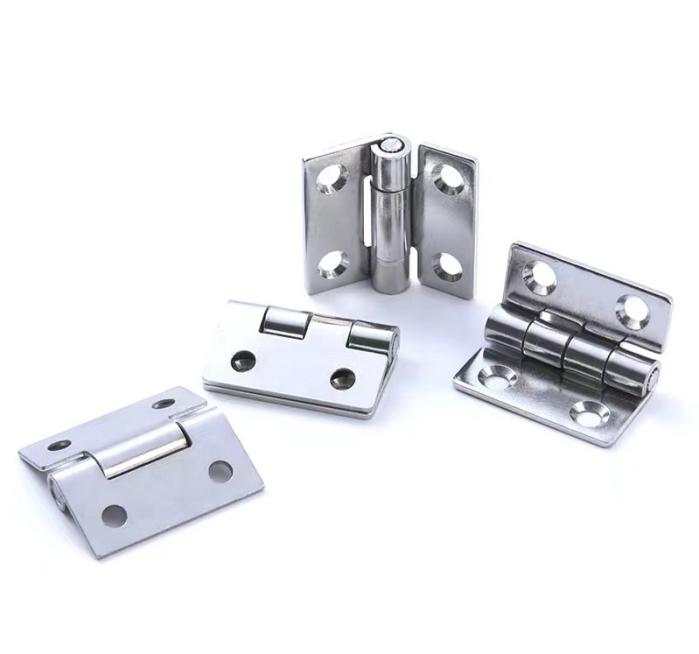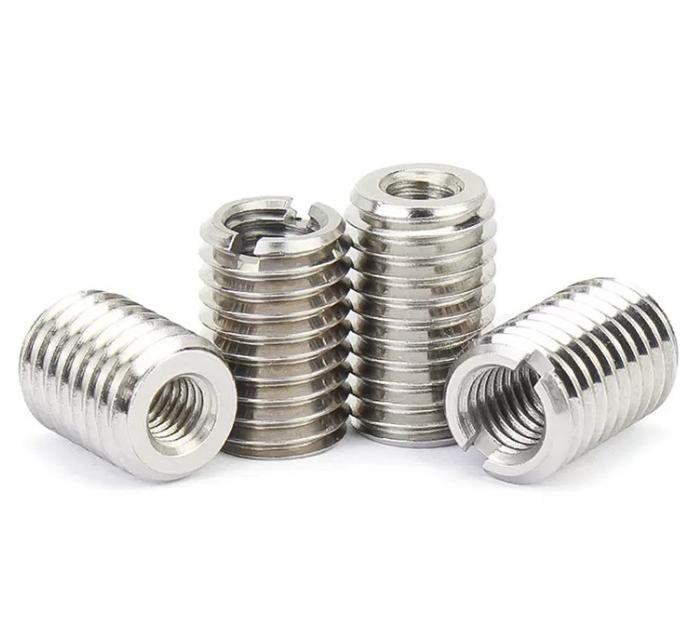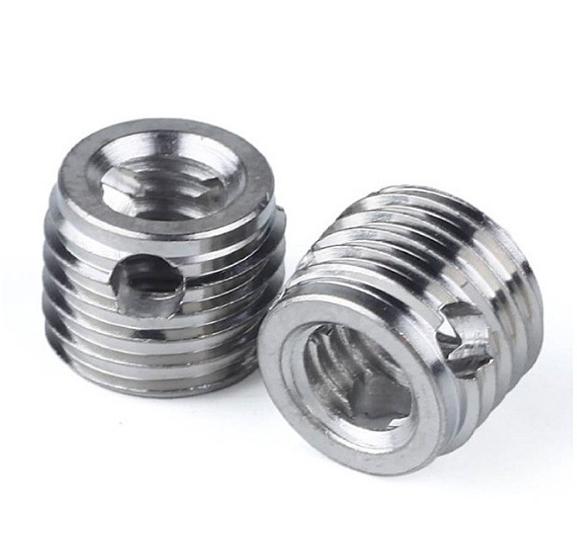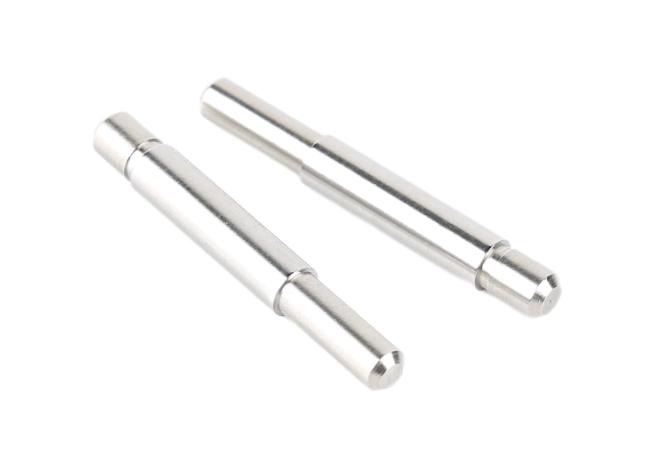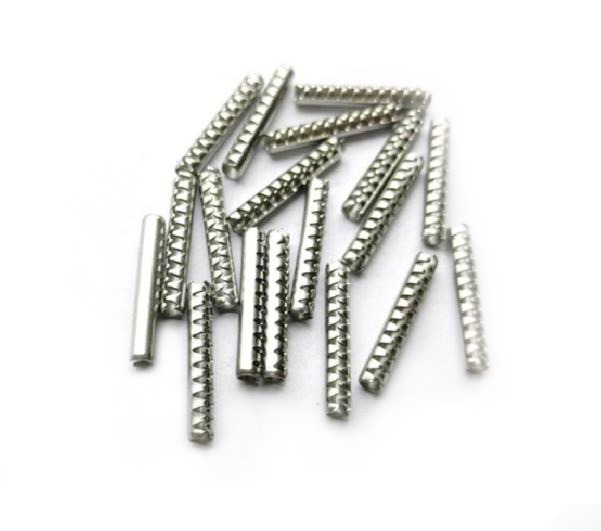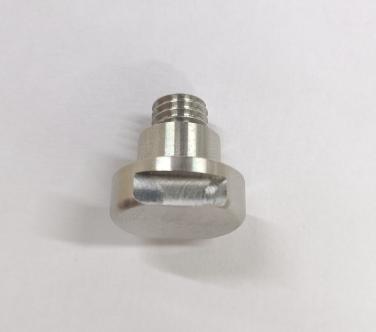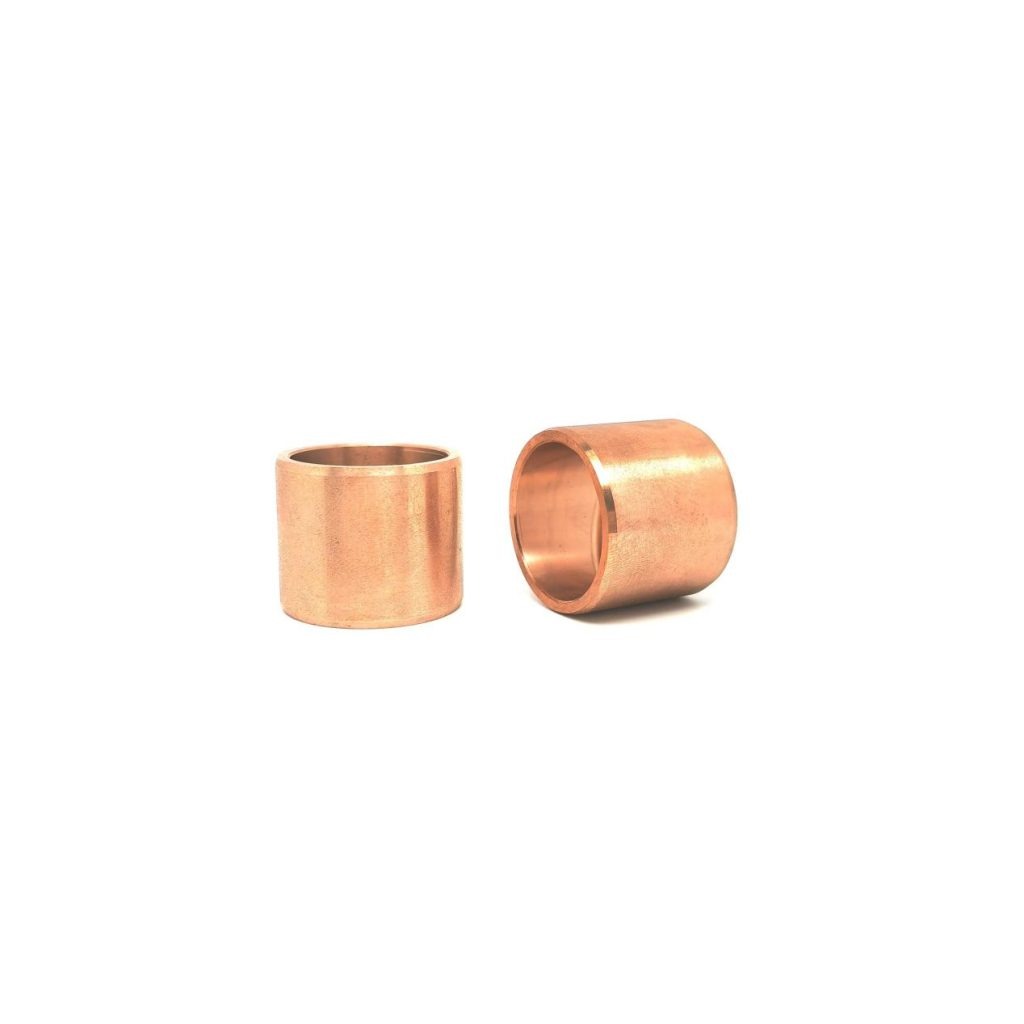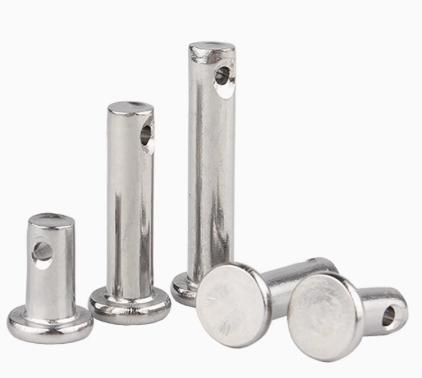What are the Science Behind Threaded Harp Bridge Pins
Threaded harp bridge pins represent an essential component in the construction and functionality of harps, offering stability, adjustability, and tonal enhancement to these majestic instruments. Behind their seemingly simple design lies a wealth of scientific principles and engineering considerations that contribute to their effectiveness. This article delves into the intricate world of these pins, exploring their manufacturing process, the science behind their material selection, and the practical advantages they offer to harps.
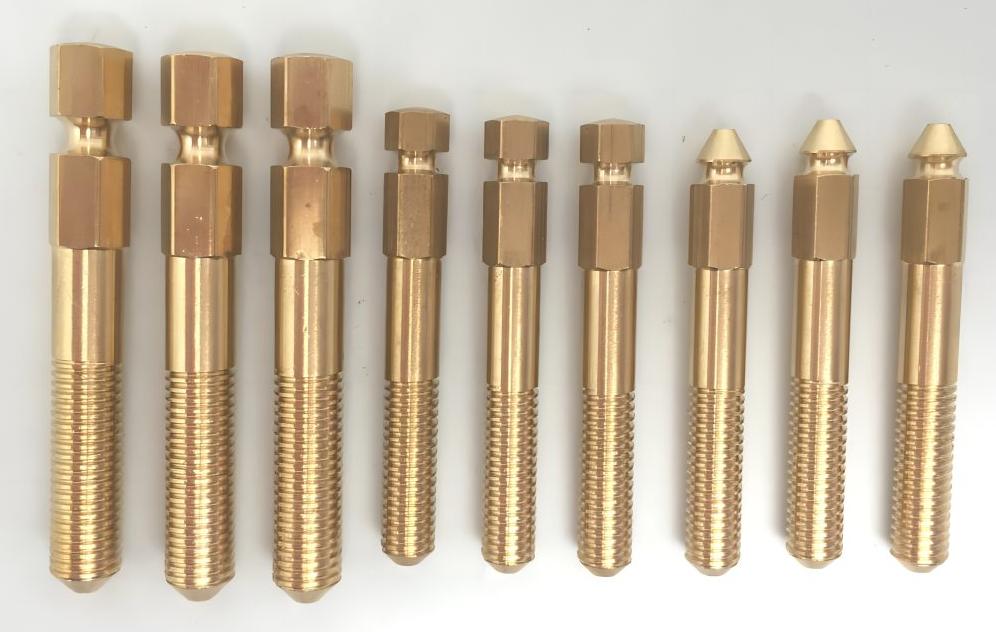
How Are Threaded Harp Bridge Pins Manufactured?
Threaded harp bridge pins are manufactured using precision engineering processes designed to create durable, reliable components for acoustic guitars. The manufacturing process typically involves the following steps:
- Material Selection: Typically, high-quality brass is used for its durability, strength, and resonance. Some manufacturers might offer other materials like ebony or even titanium. These materials ensure that the bridge pins can withstand the tension of the guitar strings and the rigors of regular playing.
- Machining: The pin shape is formed using various machining techniques. This might involve CNC machining for precision or manual turning on a lathe for smaller batches. This process shapes the raw material into the desired dimensions and thread patterns for the bridge pins.
- Thread Cutting: Threaded harp bridge pins require precision threading to ensure a snug fit in the bridge plate of the guitar. Specialized threading tools are used to cut uniform threads onto the shaft of the bridge pins.
- Surface Finishing: After machining and threading, the bridge pins undergo surface finishing processes to enhance their appearance and durability. This may involve polishing, buffing, or plating the pins with finishes such as chrome, nickel, or gold to provide corrosion resistance and aesthetic appeal.
- Quality Control: Throughout the manufacturing process, quality control measures are implemented to ensure that each threaded harp bridge pin meets strict standards for dimensional accuracy, thread integrity, and overall quality. Inspections may include visual checks, dimensional measurements, and functional testing to verify performance.
- Packaging: Once the bridge pins pass inspection, they are carefully packaged for distribution to guitar manufacturers, repair shops, and retailers. Packaging materials help protect the pins during shipping and handling, ensuring that they arrive in optimal condition for installation on guitars.
Overall, the manufacturing of threaded harp bridge pins involves a combination of advanced machining techniques, quality materials, and rigorous quality control processes to produce components that enhance the tone, stability, and playability of acoustic guitars.
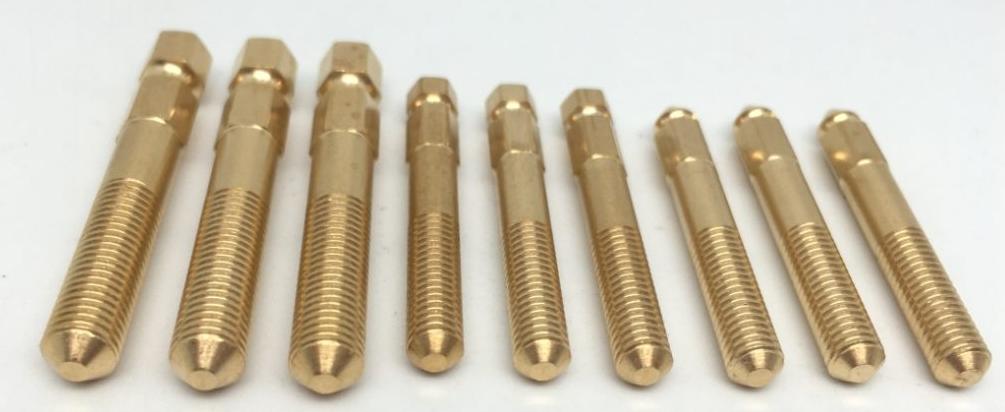
Why Choose Brass or Copper Alloys as Threaded Harp Bridge Pin Material?
Brass and copper alloys are popular choices for harp bridge pin material for several reasons:
- Durability and Strength: Both brass and copper alloys are naturally strong and can withstand the tension of harp strings without bending or breaking. This ensures the pins hold their shape and maintain tuning stability over time.
- Resonance and Tone: These materials possess good acoustic properties, contributing to the overall warmth and brightness of the harp’s sound. They resonate well with the string vibrations, allowing for clear and vibrant tones.
- Machinability and Workability: Brass and copper alloys are relatively soft and easy to machine, allowing for precise threading and shaping. This makes them ideal for creating consistent and accurate bridge pins.
- Corrosion Resistance: While not entirely rust-proof, these alloys offer good resistance to corrosion compared to some other metals. This helps prevent string discoloration and damage to the harp’s bridge.
- Cost-Effectiveness: Brass and copper alloys are generally more affordable than some other materials like ebony or titanium, making them an accessible option for most harp players.
Different brass and copper alloys offer varying properties. For example, some may have higher strength or corrosion resistance, while others might offer a brighter or warmer tone. Ultimately, the best material for harp bridge pins depends on individual needs and preferences. If you want to have custom brass bridge pin needs, please feel free to contact KENENG – the professional brass and copper fastener manufacturer in China.
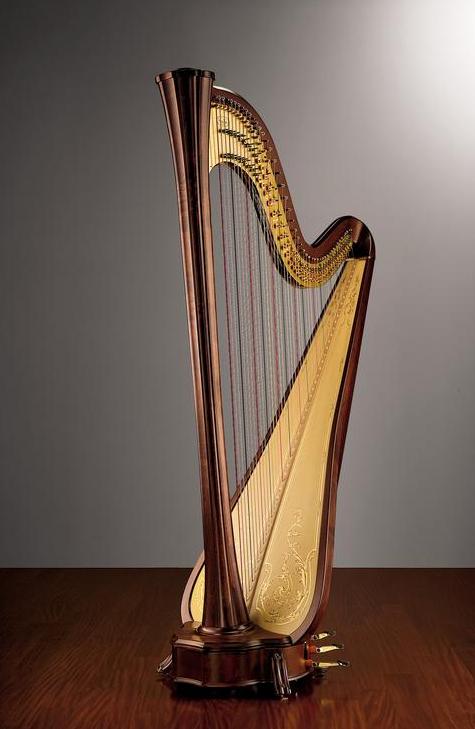
What are the Uses of Threaded Bridge Pin in Harp?
Threaded bridge pins offer several advantages over traditional straight pins in harps, making them a popular choice for both professional and beginner players:
1. Fine-tuning String Height: The primary benefit of threaded bridge pins is the ability to precisely adjust the string height. By turning the screw top, you can raise or lower the string’s contact point with the bridge, impacting intonation and playing feel. This contributes for:
- Improved Tuning Stability: Precise string height can reduce buzzing and unstable tuning caused by the string touching the bridge unevenly.
- Enhanced Playability: Adjusting the string height can optimize the action, making playing more comfortable and reducing finger fatigue.
- Customizing Tone: Different string heights can subtly affect the tone, allowing you to experiment with brighter or warmer sounds.
2. Simplified Harp Regulation: Threaded pins significantly simplify harp regulation, the process of adjusting the levers to ensure accurate pitch. With traditional pins, you need to physically remove them to adjust the lever mechanism. Threaded pins allow fine-tuning the levers without disturbing the string position, saving time and effort.
3. Increased Durability: Threaded pins offer a more secure grip on the harp bridge than traditional pins, especially in dense woods. This reduces the risk of the pin slipping or coming loose under string tension, ensuring better tuning stability.
4. Potential for Customization: Some manufacturers offer threaded bridge pins with different materials and head designs. This allows players to customize the look and feel of their harp while maintaining the benefits of adjustability.
5. Easier String Changes: While not a primary purpose, threaded pins might slightly ease string changes compared to traditional pins, as unscrewing them can feel more intuitive than tapping them out.
However, it’s important to note that:
Using threaded bridge pins requires additional tools like a nut driver, which may not be included with your harp.
Improper adjustment of threaded bridge pins can affect the harp’s intonation and sound, so consulting a harp technician or experienced player might be helpful initially.
Overall, threaded bridge pins offer a valuable tool for harpists seeking greater control over their instrument’s tuning, playability, and sound. They are particularly beneficial for players who actively adjust their harps or experiment with different playing styles.
Conclusion
Threaded harp bridge pins are more than just convenient adjustments; they represent a harmonious blend of science and artistry. From the precise engineering of their threads to the resonant properties of their materials, these pins unlock a new level of control and expression for harpists. Whether striving for perfect intonation, exploring tonal nuances, or simply seeking a more comfortable playing experience, threaded bridge pins offer a powerful tool for unlocking the full potential of your instrument. As you explore their scientific underpinnings and practical applications, remember that the true magic lies in the music they empower you to create. So, tune in, adjust, and let your harp sing a symphony of science and sound.

